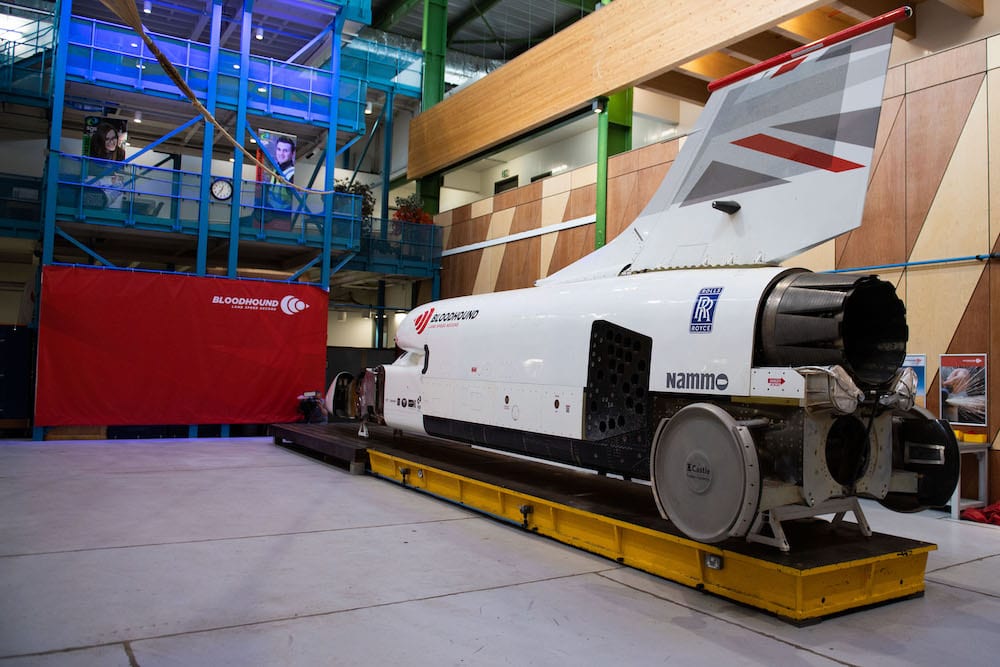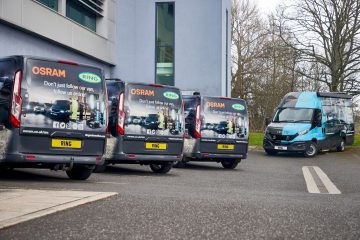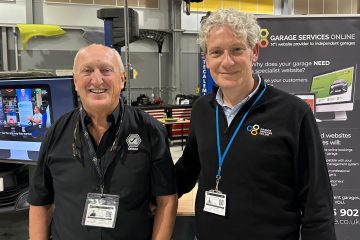
The Bloodhound LSR team has confirmed plans to challenge for the land speed record using a zero-emissions rocket.
Powered by concentrated hydrogen peroxide, the rocket will be used alongside the world’s best jet-fighter engine when the Bloodhound LSR car attempts to reach speeds beyond 800mph in South Africa in the third quarter of 2021.
Environmentally conscious
Following Bloodhound’s successful high-speed testing programme in the Kalahari Desert in November 2019, when the jet-powered straight-line racing car reached a staggering 628mph (1010km/h), the vehicle has now returned to the UK Land Speed Record Centre, Bloodhound’s HQ in Gloucestershire, to be prepared for the next phase of the project. Data analysis of the high-speed runs will used to confirm its revised configuration, alongside research into minimising the environmental impact of the project.
The biggest change to the car’s configuration for the land speed record runs will be the addition of a rocket to provide extra thrust. This will be provided by Norwegian rocket specialist Nammo. As part of a research programme for the European Space Agency, Nammo has designed a compact, zero-emissions rocket to be used as a launch motor to put small satellites (known as cubesats) into space. The size and power of this rocket makes it ideal for use in Bloodhound LSR.
The Nammo rocket is a ‘monopropellant’ design that uses concentrated hydrogen peroxide (water with an extra oxygen molecule – H2O2) as the oxidiser. This is pumped at high pressure through silver gauze, which acts as a catalyst, causing it to decompose (split apart) into super-heated steam (600°C) and oxygen. The steam and oxygen are channelled through a nozzle to generate thrust. There is no fuel ‘combustion’ and therefore no flame nor any chemically harmful waste generated by the rocket from each run. Bloodhound LSR will be steam powered!
Electric dreams
Work is also underway to optimise the auxiliary power unit needed to pump the rocket’s oxidiser. Rather than the originally specified 550bhp V8 internal combustion engine, this will be an electric motor and battery pack of comparable power, using technology only available very recently.
The Bloodhound team is also exploring the possibility of running the Rolls-Royce EJ200 jet engine on bio-fuel instead of Jet A fuel, further reducing the environmental impact of operating the car.
While these changes are being researched and planned, the car will be stripped down for servicing, including thorough cleaning to remove the salty desert dust.
In parallel, parent company Grafton LSR is continuing sponsorship discussions, celebrating the extensive media coverage of the high-speed testing programme.




You must be logged in to post a comment.